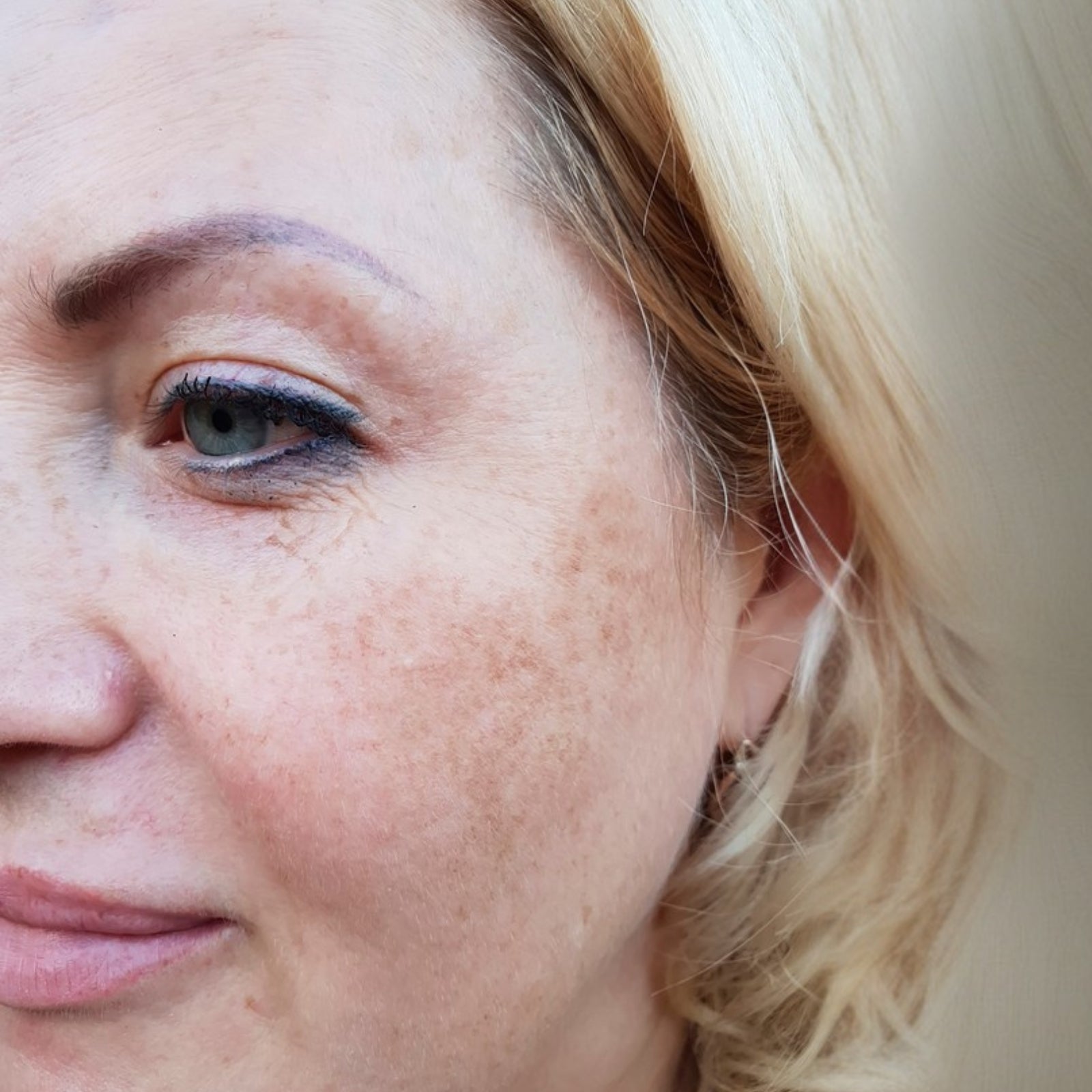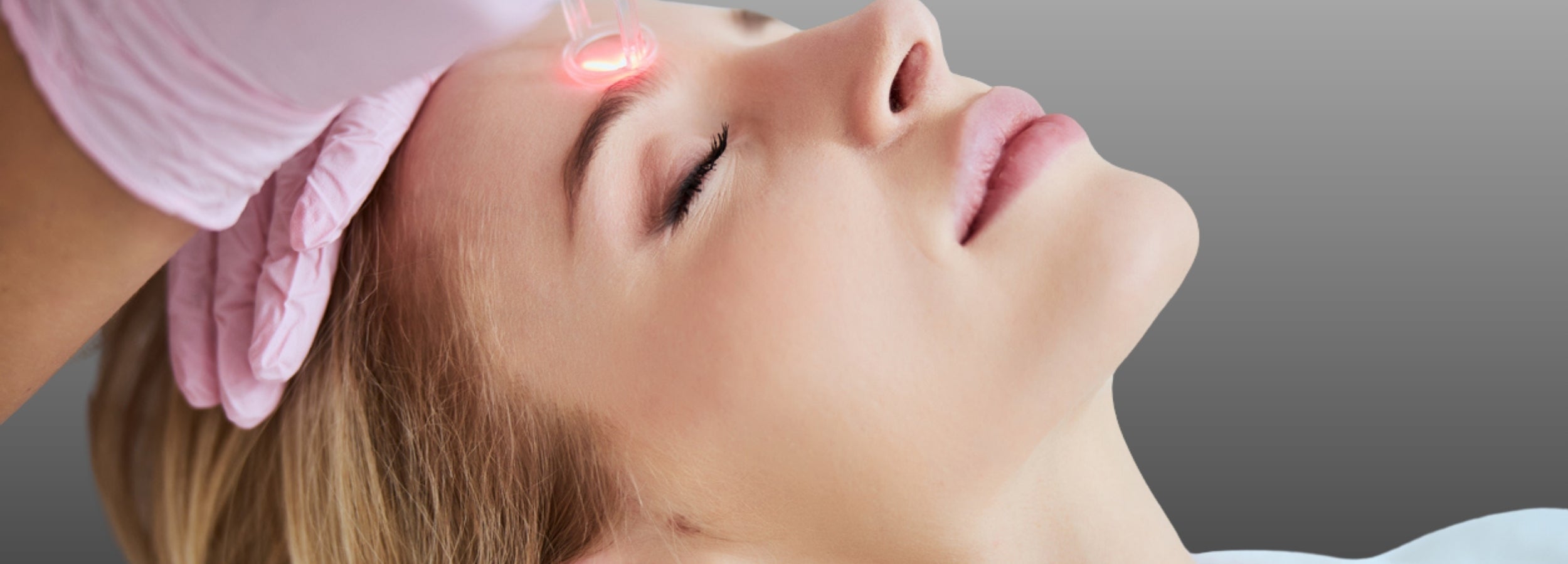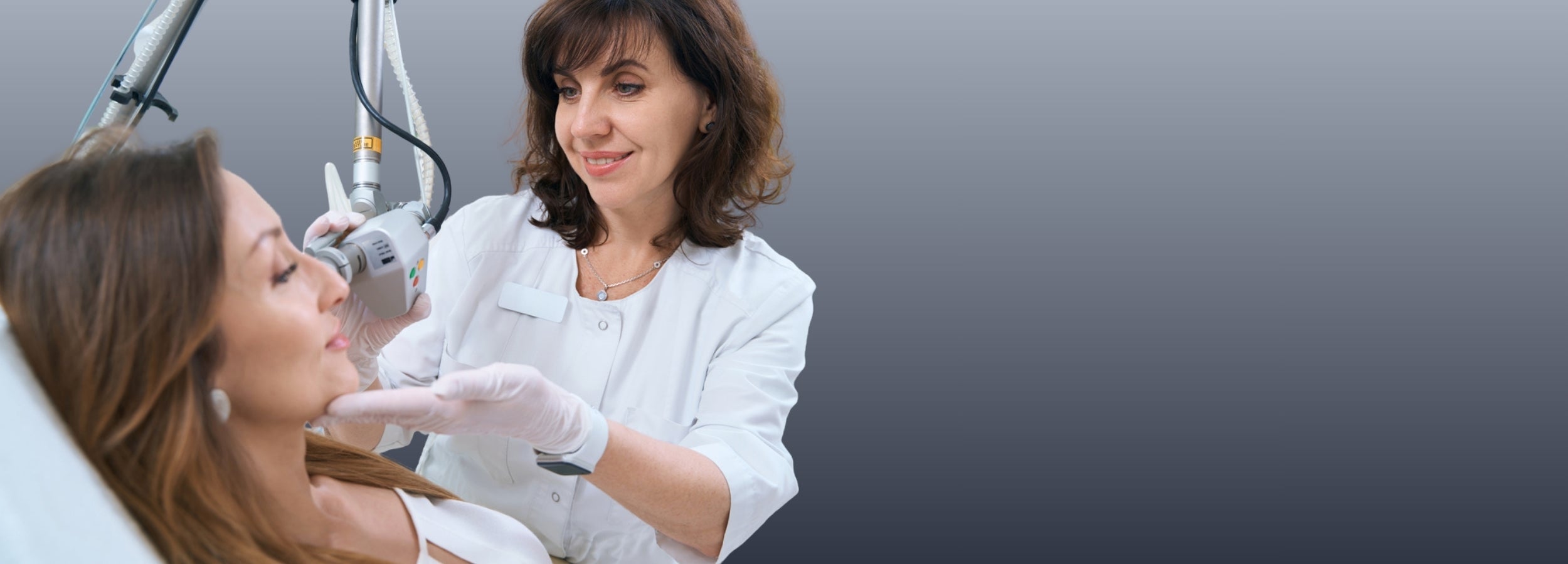As a medical doctor specializing in facial aesthetics, I’ve seen how transformative botox can be when it’s done correctly—and how distressing it can be when it isn’t. My goal is to help you understand both the benefits and the potential pitfalls so you can feel confident and safe every step of the way.

Understanding Botox: What It Is and How It Works
Botox (botulinum toxin type A) is a purified neurotoxin that temporarily relaxes specific facial muscles that cause lines. By reducing the muscle contractions that form wrinkles—especially around the eyes, forehead, and between the eyebrows—we can create a smoother, more youthful appearance. Results typically appear within a week and last three to six months.
Because botox works by blocking nerve signals to targeted muscles, precision matters: a few millimetres can be the difference between natural results and visible asymmetry. When performed by a trained medical professional, treatment is quick, minimally invasive, and requires little to no downtime.
Common Botox Mishaps and Why They Happen
Most botox issues and botox problems are related to how injections are planned and delivered—not the product itself. The most frequent causes include:
- Over-injection, leading to a “frozen” or bad botox face.
- Incorrect placement, causing botox complications like brow heaviness or droopy eyelids (forehead botox gone wrong).
- Inaccurate dosing in delicate areas (e.g., lip border or masseter).
Examples I counsel patients about include masseter botox gone wrong (facial imbalance or chewing difficulty), a botox lip flip gone wrong (transient speech or sipping difficulty), and botox 11 lines gone wrong (overly smooth midface or brow droop). Even mild botox side effects like bruising or swelling can often be minimized with careful technique and preparation.
Recognizing Signs of Botox Gone Wrong
If you suspect botox went wrong, early recognition matters:
- New asymmetry (one eyebrow or eyelid sits lower or looks heavier).
- Difficulty making expressions or controlling movement in a treated area.
- Persistent pain or unusual swelling beyond the first few days.
- Visual changes (rare)—seek urgent assessment.
Online bad botox before and after images can be misleading, but visible asymmetry or immobility should be reviewed promptly by your injector.
High-Risk Areas: Masseter, Forehead, Lip Flip, and 11 Lines
- Masseter: ideal for jawline slimming or clenching; dosing must be balanced to avoid chewing issues (masseter botox gone wrong).
- Forehead: over-treatment can drop the brows or eyelids (forehead botox gone wrong).
- Lip flip: subtle dosing is essential; a botox lip flip gone wrong can affect speech or sipping temporarily.
- 11 lines: requires precise depth and placement to avoid “spocking” or a frozen midface (botox 11 lines gone wrong).
These zones highlight why choosing an experienced medical injector, deeply familiar with facial anatomy, is critical to avoid botox mistakes and botox fails.
Real-Life Lessons: When Botox Goes Wrong (Including Celebrities)
Stories of botox gone wrong celebrities often trace back to overuse or poor technique—leading to uneven smiles, heavy brows, or a “frozen” look. These botched botox outcomes are reminders that moderation and skill matter. Natural, conservative plans almost always age better on and off camera.
How to Choose a Qualified Botox Provider
- Confirm medical credentials and years of experience with injectables.
- Ask to see authentic before–after photos for similar concerns.
- Expect a tailored plan—there is no one-size-fits-all approach.
The artistry of medical aesthetics is personalization. I analyze facial symmetry, muscle movement, and your goals, then design a conservative plan that prioritizes safety and expression.
Essential Pre-Treatment Tips to Prevent Botox Mistakes
- Avoid alcohol and blood thinners (e.g., aspirin, fish oil) for 24–48 hours prior.
- Share all medications, supplements, and recent procedures.
- Schedule a couple of weeks before major events to allow settling time.
Aftercare: Reducing Risks and Promoting Healing
- Stay upright for 4 hours after treatment.
- Avoid rubbing or massaging treated areas.
- Skip vigorous exercise for at least 24 hours.
Mild redness or swelling is common and temporary. If anything feels unusual, reach out—early review helps prevent minor issues from becoming botox fails.
What to Do If Botox Goes Wrong: Steps to Take
- Follow up with your practitioner as soon as possible to address any concerns. Remember, many effects are temporary and can be effectively managed.
- Provide detailed descriptions of any symptoms experienced, supported by thorough notes and clear photos.
- It is highly recommended to refrain from unsupervised 'top-ups' and to consult with a medical professional prior to any additional injections.
With expert review, we can usually decide whether to watch and wait or consider targeted adjustments. Most undesired effects resolve as the product naturally wears off.
Managing Botox Regrets and Emotional Impact
Botox regrets happen, especially when expectations weren’t aligned. Remember: results are temporary. If feelings of distress persist, we’ll review your plan together—and support from a mental health professional can also help you feel grounded and confident.
Latest Advances in Botox Safety and Best Practices for First-Time Users
- Refined dosing strategies and facial mapping improve precision in high-risk zones.
- Ultrasound guidance is increasingly used for complex anatomy.
- First-time users: start conservatively, review at two weeks, and prioritize natural movement.
Key Takeaways: Staying Safe and Confident with Botox
- Choose a qualified medical injector.
- Understand potential botox complications and set realistic goals.
- Follow pre- and post-care closely to avoid botox mistakes.
- Keep communication open—before and after treatment.










